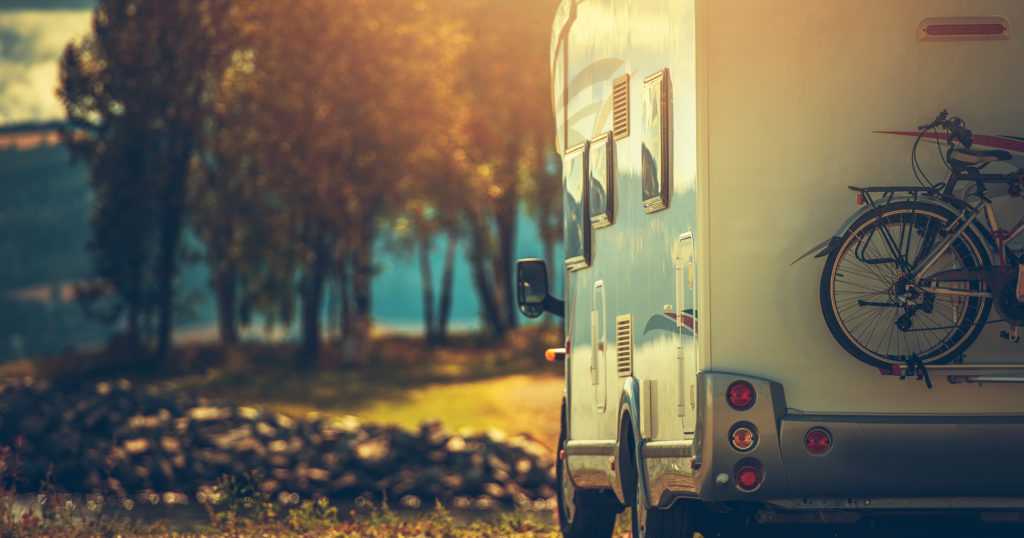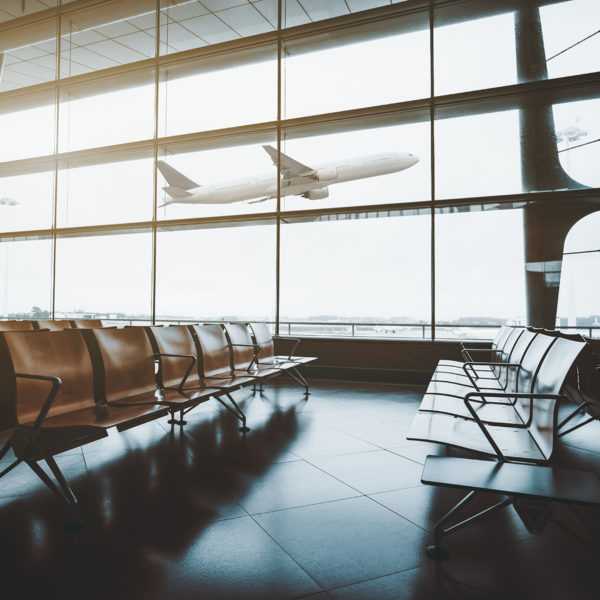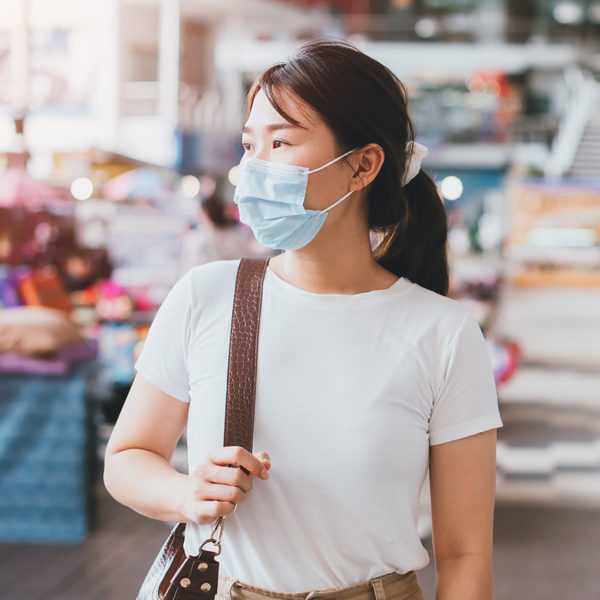Envisioning the New Normal for Leisure


COVID-necessary adaptations have changed the landscape for leisure-lovers and the companies that cater to them


The fortunes of many companies that occupy the broad category of “leisure” are experiencing vastly divergent circumstances based on their business models. Some industries, such as movie theaters and luxury cruise lines, have all but shut down due to a combination of lack of demand and mandated closings. Activities that inherently allow for more social distancing and less interaction with facilities, and thus are less impacted by COVID-required safety measures, are largely doing better.
But perhaps the strongest insights about the “new normal” for leisure are best gleaned from businesses in those industries that are still operating at high levels. Here is a look at how several factions of the leisure business are faring during the pandemic.
RECREATIONAL VEHICLES
Visiting common destinations such as nature preserves or large parks allows for more social distancing than one could hope for inside a city, without having to be in close proximity with throngs of strangers for hours at a time. That prospect appeals to people worried about contracting COVID-19, as well as to those who do not want to have to wear a mask for longer than necessary. Indeed, RV companies straddle both the leisure and travel sectors without enduring many of the struggles that other businesses in those spaces face, making them an increasingly popular choice for travel and accommodation.
RVs typically have bathrooms, bedrooms, and kitchens – albeit small ones – and have amenities ranging from televisions to laundry machines and fireplaces. Some even have slide-outs that create more space. This means travelers can stock up on supplies and hit the road for extended periods of time, in theory stopping only for fuel or to sightsee. Actually driving a large, buslike mobile home — and emptying its septic tank — might feel more akin to work than boarding an airplane and checking into a hotel do. But for those travelers concerned about staying in hotels/motels or rented accommodations, recreational vehicles can offer a leisurely way to vacation away from home, often as a family, with greater control over one’s environment.
Labor Day bookings soared 95% over the previous year at online marketplace RVshare.com, which in October secured a more than $100 million investment led by private equity firm KKR. The industry saw the highest July shipments in four decades, with 43,035 units, and 39,489 units shipped in August 2020, 17.3% more than August 2019, according to the RV Industry Association. Demand in August far outstripped inventories, according to the Baird RV Dealer Survey. Cheaper RVs are available to rent for under $100 a night, while owning top-of-the-line models such as the 2021 Newmar King Aire can cost over $1 million.
“When thinking about travel, consumer behavior has shifted to place even greater emphasis on trust, safety, cleanliness, and affordability,” says Jen Young, co-founder and chief marketing officer of Outdoorsy, an online RV marketplace. “RV travel is socially distant and self-contained by design, but this emphasis meant ensuring we maintained trust from both our RV owners and RV renters by putting in strict COVID-19 cleaning and sanitation protocols, and bolstering our customer support team, as well as being there for the community to our best ability.”
When the pandemic struck the U.S. in March, Outdoorsy temporarily waived certain cancellation fees and penalties for RV owners. In April, the company posted several blog entries informing RV business owners of how to tap federal aid such as PPP funding, EIDL Grants and Express Bridge Loans backed by the Small Business Administration. In May, Outdoorsy started gifting free road trips to healthcare workers nominated by the public. And in October, Outdoorsy launched a YouTube channel explaining RV basics for first-time renters.
Between March 30 and July 23, Outdoorsy saw RV bookings skyrocket by 4,500%. In June, the company had 400% year-on-year growth and in September it had 350% year-on-year growth. In May, 93% of travelers visiting Outdoorsy.com were first-time renters and in September, 90% of web traffic came from first-time renters. “These facts alone signal to us that people are ready — now more than ever — to get out of their homes and hit the road again,” Young says.
THEME PARKS
Many theme parks across the nation, including the biggest brands, remained shut down under statewide restrictions. This year, U.S. theme parks have cut approximately 125,000 jobs, with Disney accounting for at least 28,000 of them. In Southern California, Disneyland and Universal Studios Hollywood temporarily closed in the middle of March and remained shut through late October. Of the 23 Six Flags theme parks in the U.S., several locations were closed from March through October in states including California, Illinois, and New York.
Those that are open have seen attendance dwindle as they operate under reduced capacity and hours due to COVID-19, including Orlando’s Universal Studios Florida and Disney World, as well as many of the Six Flags theme parks. Not surprisingly, one of the more popular attractions during the summer at Six Flags Great Adventure in Jackson, N.J., was the Wild Safari Drive-Thru Adventure, which allows guests to ride in their own vehicles past various outdoor enclosures with large animals such as giraffes, elephants, and tigers.
Disney World provides an extensive set of pandemic safety precautions for guests that entail enhanced cleaning of surfaces, barriers to enforce physical distancing, and digital payments to facilitate reduced contact. SeaWorld Orlando has modified guest interactions with animals, and some attractions now allow only one party at a time. Both of these popular theme parks are trying to retain what makes their respective experiences unique for guests, while still improving safety. At SeaWorld, that is the interaction with marine life such as dolphins and killer whales, while at Disney World, it is the human-to-human interaction with park cast members.
John Marecek, a Missouri-based travel advisor working with The Magic For Less Travel, has visited several Disney and Universal theme parks this year despite the pandemic. “It’s had a major impact on the travel business as a whole. When it comes to theme parks, guests are used to a certain experience, and that has been impacted by the safety measures required for them to be open,” Marecek says. “Lines look crazy long because of the distancing requirements when in reality, they are shorter than they were pre-pandemic. We had a great time. It was different for sure, but any vacation’s success depends on expectations.”
“For me it’s not concerns about safety, it’s more lack of opportunity,” says Adriane, who runs the website www.putonyourpartypants.com, which reviews leisure destinations including theme parks. The Illinois-based mother of two boys — who requested her last name be withheld — visited several theme parks last year, but has not this year due to how the pandemic has curtailed park attractions. “I fully support wearing masks, but masks in a theme park in August probably wouldn’t be all that pleasant. Plus, a lot of things that people care about are not there right now. You’re not going to be hugging Mickey Mouse.”
LEISURE SPORTS
Golfing and snow sports such as skiing and snowboarding attract large numbers of enthusiasts who are willing to invest time and money, as much for the thrill of participating as for competitive reasons. Ski resorts and golf clubs tend to have amenities such as swimming pools and upscale restaurants (many of which are closed now due to the pandemic), and often are located in picturesque settings. Some ski resorts also offer golf in their off-seasons, as both golf and snow sports are weather-dependent. Although coronavirus has not yet deeply altered how people actually participate in the sports, the pandemic has altered business dynamics for these leisure activities.
According to the National Golf Foundation, between March and June, 66% of U.S. courses shut down to combat COVID-19, but by summer — which featured good weather — only 2% of courses remained closed. This may help explain why retail sales for golf equipment reached a record $331 million in August and increased 32% from the same period in 2019, which followed record-setting July sales of $389 million. For all courses, the number of rounds played were 20.6% higher in August 2020 than in August 2019, and 19.7% higher in July 2020 than in July 2019. Private course rounds played were up 21.3% in August and 25% in July, year-on-year. Public course rounds played were up 20.4% in August and 18.4% in July, year-on-year.
Many snow-sport venues started seeking federal assistance in March when the pandemic response prompted widespread resort closures. The industry has lost an estimated $2 billion in 2020, across approximately 460 snow-sport hills in 37 states. This is in part because March is one of the year’s snowiest months, usually generating 20% of annual snow-sport venue visits and ranks behind only December for revenue. Vail Resorts, one of the largest companies in the industry, reported a 67.2% drop in net income for fiscal year 2020 — a 26.3% drop for mountain EBITDA and an 88.4% drop for lodging EBITDA — as it operated under severe capacity restrictions.
“The last time I skied was March 15, on closing day at Big Sky Resort in Montana,” says Nicholas Herrin, CEO of the non-profit Professional Ski Instructors of America & American Association of Snowboard Instructors (PSIA-AASI), whose members are active at resorts. “It was an amazing foot-and-a-half of powder, and everyone wanted to be on the hill, although we were all avoiding a lot of indoor facilities.”
According to Herrin, although most resorts did not operate during the warm-weather months of the pandemic, and some locations still have hiring freezes, a few resorts such as Oregon’s Mt. Hood did have a successful summer. “Instructors there implemented social distancing, wore masks both indoors and outdoors, and had smaller class sizes,” Herrin says. “While this upcoming season may prove unique, I am very hopeful for the snow sports industry because we are an outside activity and people are looking to engage more in those kinds of experiences.”
NEW DEFINITIONS OF “FUN”
Countless Americans are still trying to balance leisure activities with dire health concerns amid the coronavirus. They will have to determine for themselves what it means to “have fun” during a global pandemic that has killed more than a million people in less than a year. And as consumer behavior continues to transform in response to the pandemic, the leisure-related businesses that serve them will also have to adapt, by striking a balance between still giving people the experiences they desired, and doing so safely.

